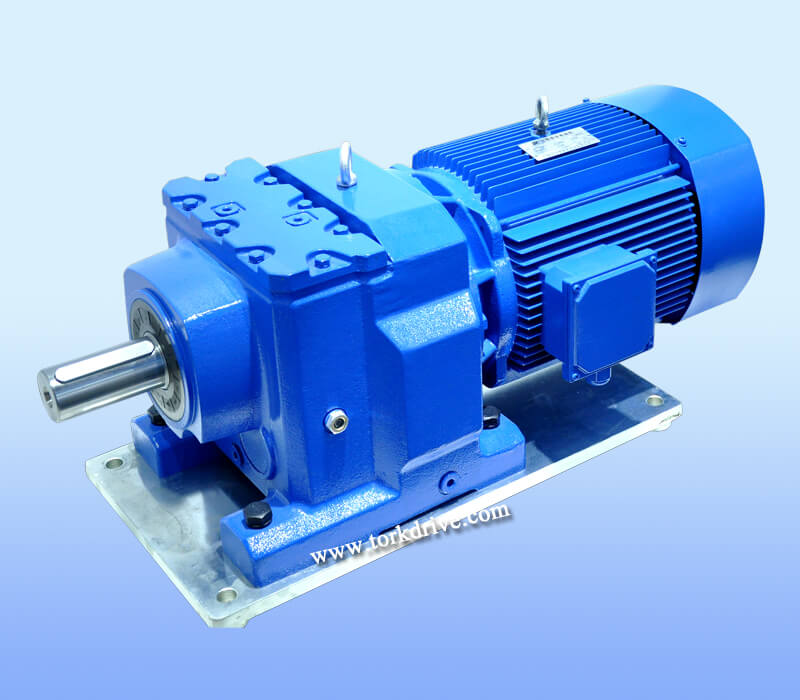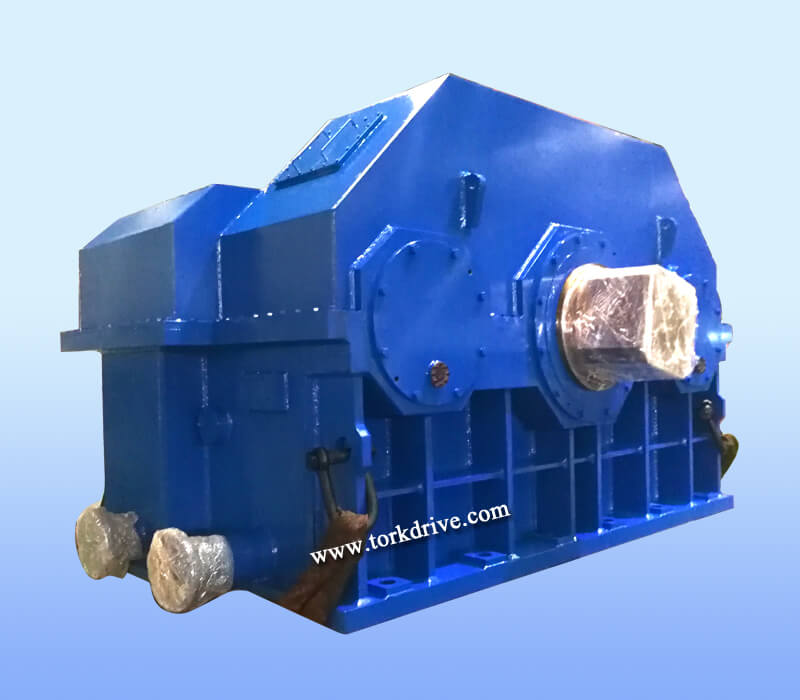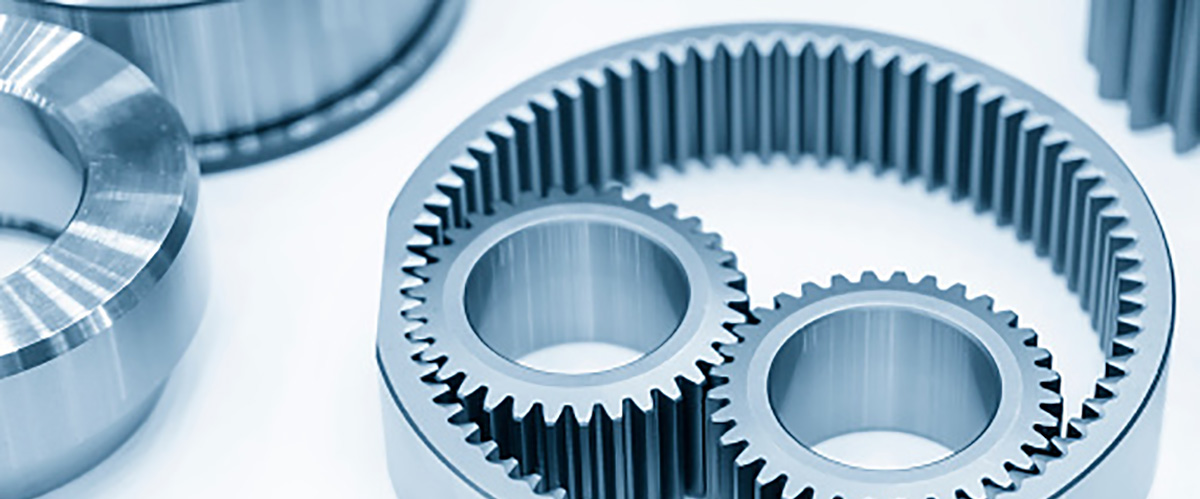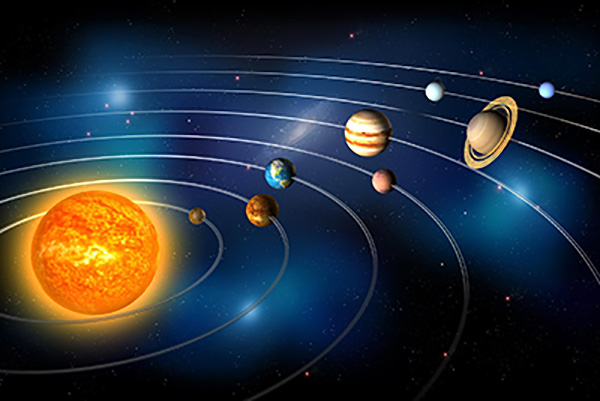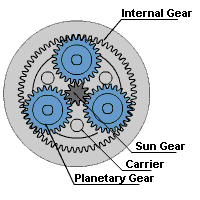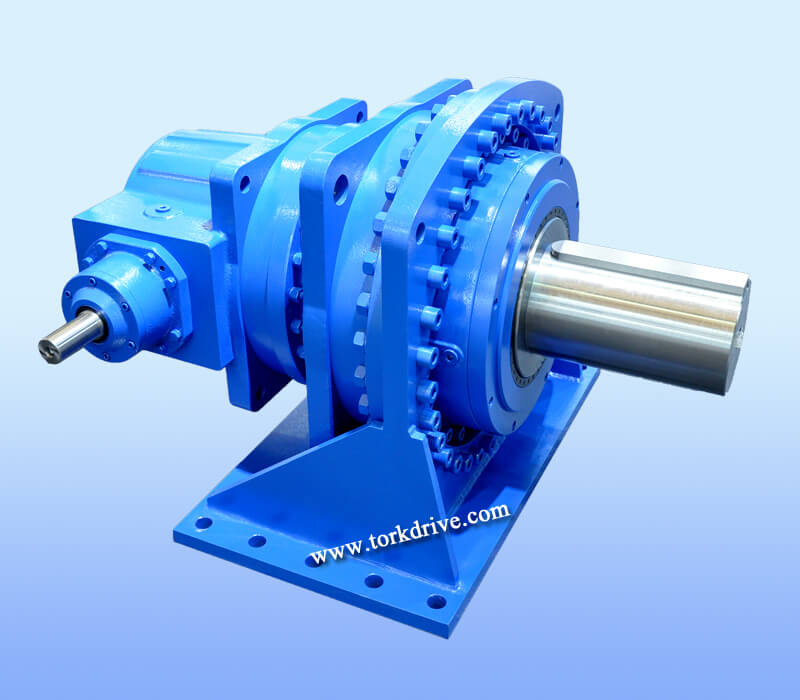WHAT IS A PLANETARY GEARBOX?
Planetary gearbox , also introduced as planetary gearboxes, are one of the most interesting forms of equipment in motion control. They are often used in automobiles as an important part of automatic transmission applications. A planetary gearbox is a form of gearbox in which both the output and input have the same center of rotation. This means that the center of the input gear rotates around the center of the output section, and the output and input shafts are aligned.
WHAT IS A PLANETARY GEARBOX?
A planetary gearbox is a gearbox in which the input and output shafts are aligned. Planetary gearboxes are used to transmit maximum torque in the most compact form known as torque density.
With their inherent cylindrical assembly and in-line shafting, planetary gears are always offered as a compact alternative to common pinions and gear reducers. Suitable for a wide range of uses - from bulldozer drivetrains to electric screwdrivers - these kits are heavyweight contenders when weight and space versus torque and reduction are major concerns. We need details to fully understand what they do. Examining the mechanics and structure of the planetary gearbox will reveal some less obvious features.
The acceleration hub of a bicycle is a basic example of a planetary wheel system; have you ever wondered how to get so much power and power in such a small hub? For three-speed hubs, a single carrier planetary gearbox is used, and for five-speed hubs, two carriers are used. Each planetary gear set has a reduction profile, acceleration mode and direct coupling.
Mathematically, the smallest reduction ratio is 3:1 and the largest is 10:1. When the reduction ratio is less than 3, the sun gear becomes too large relative to the planetary gears. When the ratio is greater than 10, the sun gear becomes too small and torque drops. Ratios are usually absolute, i.e. whole numbers.
The inventor of the planetary gearbox is unknown, but Leonardo da Vinci described its function in 1490 and has been in use for centuries.
WHY IS IT CALLED A PLANETARY GEARBOX?
Planetary gearboxes get their name from how different gears move together. In a planetary gearbox, we see a sun (solar) gear, satellite (ring) gear and two or more planetary gears. Typically, the sun gear is driven, thereby moving the planet gears locked in the planet carrier and forming the output shaft. The satellite gear has a fixed position relative to the outside world. This looks similar to our planetary solar system, which is where the name comes from. Helpfully, ancient gear structures are widely used in astrology to map and track our celestial bodies. So it's not a huge step.
In practice, we often speak from the perspective of industrial automation using planetary gearboxes. That's why we call the sun gear the input shaft, the planet gears and planet carrier the output shaft, and the satellite gears (or ring gear) the housing.
HOW DOES A PLANETARY GEARBOX WORK?
One gearbox satisfies all modeling concepts for servo applications, once presented with a relatively long service life and low maintenance requirements - the planetary gearbox. This is because the planetary gearbox provides excellent torque transmission with the right stiffness and low noise in a more compact footprint than other equipment forms.
The arrangement of gears can be likened to our galaxy, where the planets revolve around the sun, hence the name "planetary gear box".
As mentioned earlier, the planetary gearbox has a "sun" gear in the middle - also introduced as a central gear. This is always the input section. On the outside, there are two or more "planetary" assemblies - or external gears. Around the planetary component, there is a ring assembly that incorporates the formation. The planetary gears are connected by a carrier, which in turn is connected to the output shaft.
The design of the planetary gearbox is relatively simple, including the central sun gear, the outer ring (also called the inner gear with the teeth inward), the planet carrier and the planetary gear. The input power to the sun gear causes rotation. There is a standard meshing between the planetary gear and the sun gear, and the sun gear rotates based on this, so the planetary gear rotates according to its axis.
The planetary gears are also proportional to the fixed annular portion, causing the planetary portion to rotate around the sun gear. The carrier keeps the planetary gears in their basic form and sets their clearance. It rotates with the planetary components and contains the output shaft.





